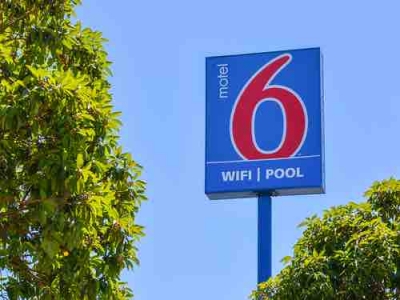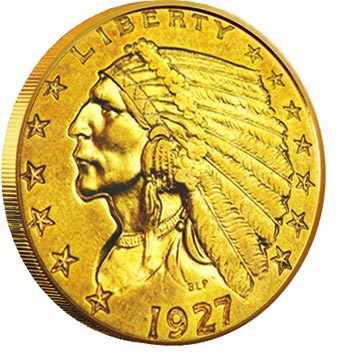The Story of Motel 6, or Why Home Inspectors Should Store Wealth
with Kate Tarasenko

The career of a home inspector is generally limited by his or her capability to perform the job. Climbing ladders, crawling in crawlspaces, reaching, bending, walking – all of these on-the-job activities require the inspector to be in good physical condition. After years of performing inspections, not to mention the unwelcome ravages of middle age, just as with a home, things begin to wear out, even with proper maintenance.
Although many inspectors enjoy a second career related to the job, such as supervising, teaching, and writing, home inspectors who hope to retire in worry-free comfort need to keep the long term always on their radar. One of these paramount considerations is charging enough for your work to maintain a steadily increasing profit margin while still remaining competitive in your service area. Let me illustrate this premise by telling you the story of Motel 6.
Back When I Was Born...
Motel 6 opened in 1962. I chose Motel 6 for this example because I was born in 1962. The name of the motel was based on their price for a room for one night. A motel also makes for a good way to look at what something costs, since a lot of different types of expenses go into providing lodging for a night, such as advertising, maintenance of the building, the water to wash the laundry, maid services, etc. Let's look at this example more closely.

A Good Night's Sleep... Worth Its Weight in Gold?
In 1962, one night's stay at a Motel 6 cost just $6. Also in 1962, an ounce of gold cost $35.35. That means that with an ounce of gold, you could buy almost six nights at Motel 6, given that $35.35 ÷ $6 = 5.89 nights.
Now, if gold really is a reliable store of purchasing power – it's not called "the gold standard" for nothing! – then 56 years later (God, am I really that old? LOL), an ounce of gold should still buy me six nights at Motel 6. If it only buys me five nights or four nights, gold has not maintained its purchasing power. So, let's find out if gold has maintained its purchasing power to buy the same number of nights at Motel 6 since the day I was born.
Upon checking, the Motel 6 in my area is charging $60 per night. Now, are the rooms at Motel 6 ten times larger than they were in 1962? Nope. So, why do they cost ten times more? The reason is that the dollar's purchasing power is only worth 10% of what it was in 1962. It's lost 90% of its purchasing power! That's no good. So, how DID gold do? Did it lose purchasing power so that an ounce of gold can only buy five nights or four nights or three nights or even fewer today?
Let's do the math:
Gold is at $1,800 today. Motel 6 charges $60 a night. That means that an ounce of gold will buy me more than a three-week stay at Motel 6! That's $1,800 ÷ $60 = 31 nights.
The Moral of the Story
While the dollar has lost most of its purchasing power in just my lifetime so far, gold hasn't lost any. Gold remains a true store of wealth and has maintained its purchasing power over time.
Motel 6 has raised its prices tenfold. The moral of the story is this: Inspectors should regularly raise their prices, as well.Real estate and new construction prices in most areas will continue to rise, along with retail prices for everything from big-ticket luxury goods to groceries. If you want to keep up with inflation and ensure that you have a nest egg that will provide for your family in your post-inspection years, your prices must keep apace not just with the cost of living, but with the cost of thriving.

